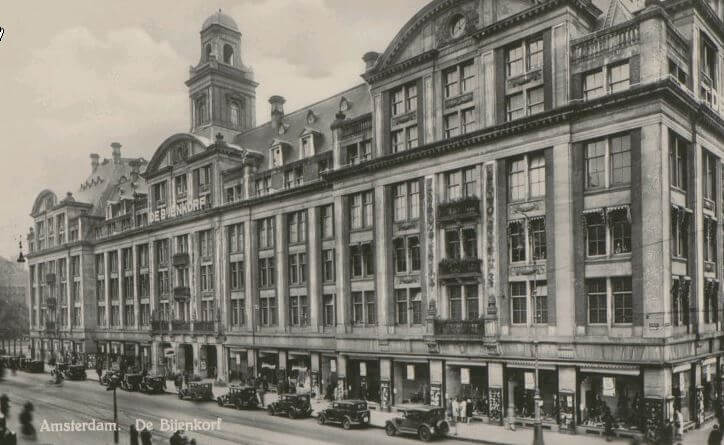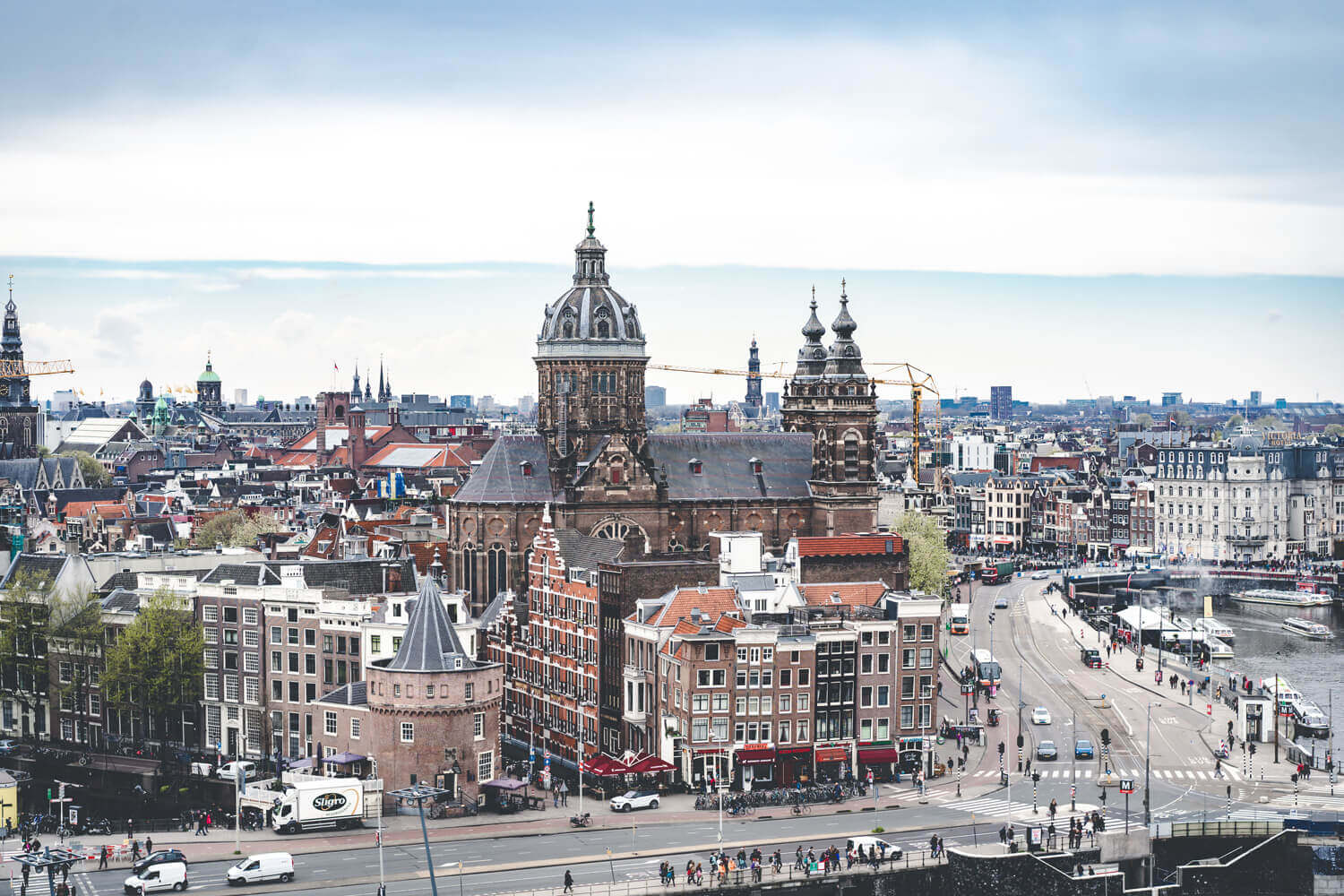About us
From the first taxi in 1905, via the ‘blokbanders’ (taxis with chequered belts) and the ‘geelbanders’ (taxis with yellow belts) to the 2012 Municipal Taxi Regulations: Amsterdam has a glorious taxi history. There have been taxis in Amsterdam since the beginning of the twentieth century. The first ‘taxi’ was spotted in 1905, and four years later, the ATAX received its first real taxi licence. ATAX drove electric vehicles: bought in Hamburg and supplied with batteries in the Netherlands. These taxis sounded like a tram and the drivers were sitting on a bench – almost like a kind of coachman.
Free riders
It didn’t take long for trouble to arise in the taxi world. At that moment, in addition to drivers with a licence, there were also so-called ‘free riders’. Licensed taxis could be identified by their chequered belts. The free riders, also known as crawlers, united to form the ‘yellow belts’ with the aim of obtaining a licence as well. Around 1927, incidents occurred between the chequered belts and the yellow belts: the first taxi war.
 Taxi rank in front of the Bijenkorf, 1925
Taxi rank in front of the Bijenkorf, 1925
Customer-oriented
It soon became clear that this was not the way to get a licence. By introducing the yellow belts to a more customer-oriented approach, the General Taxi Company (in Dutch: Algemene Taxi Onderneming, or ATO) was founded in 1934. The yellow belts were no longer allowed to charge too much and they were also no longer allowed to drive a taxi with two people, as customers found this very intimidating. Eventually, the yellow belts got their licences and peace returned to the taxi world.
Chequered belts for everyone
After the Second World War, the Municipal Taxi Regulations came into force in 1946. This meant that all taxis in Amsterdam got a chequered belt. In those years, the ‘two-tax’ also appeared on the market: a small Opel that could just hold two passengers. A ride in the city only cost 40 cents in those days.
CBVT and the foundation of TCA
The taxi pool in Amsterdam still consisted mainly of independent cars. The Central Bureau for Taxis (CBVT) was founded on 8 March 1957 to put an end to this. All taxis would be part of this association and – in order to create uniformity and recognisability – had to have an orange roof. Each taxi also had to be fitted with a chequered belt: a chequered sticker pasted all around. At the start of the 1990s, there was a lot of commotion after several board changes. It was decided to set up a private limited company; the Taxicentrale Amsterdam BV (TCA) was founded on 1 April 1995.
Liberalisation and taxi war
In 2000, the taxi business was turned upside down again. The Minister of Transport and Water Management, Annemarie Jorritsma (VVD), was liberalising the Dutch taxi market. Liberalisation was implemented under her successor Tineke Netelenbos (PvdA). Taxi drivers with expensive licences had to throw them out and faced competition from poorer-quality drivers. At the taxi ranks in Amsterdam, the atmosphere was grim and sometimes actual battles occurred.
45,000 taxis
As a result of liberalisation, the number of taxis in the Netherlands rose from 16,000 to 23,000 in two years’ time, and in 2009 there were even 45,000 taxis. However, the price did not fall: in fact, taxis were becoming 25% more expensive. The unpleasant atmosphere at the taxi ranks also reduced the number of customers and so the quality did not improve. The taxi market remained turbulent for a long time.
TTOs
In October 2011, a new Taxi Act came into force. Based on that Act, the City of Amsterdam drew up new Municipal Taxi Regulations, which have been in force since November 2012 and contain new rules for the Amsterdam pick-up market. Every taxi driver on that market had to join a TTO (licensed taxi company). Ever since 1 June 2013, only TTOs and taxi drivers with an Amsterdam taxi exemption are allowed to pick up their customers from the taxi ranks.

Mission/Vision
TCA wants to be the best and most recognisable, reliable and safe taxi company in the Netherlands.
We strive for the highest quality and a leading customer service. We like to be an honest partner for our stakeholders and we want to offer added value to our drivers, who have invested in their certificates. We like to create a pleasant, fascinating and inspiring work environment for our employees and we want to be an added value to our partners.